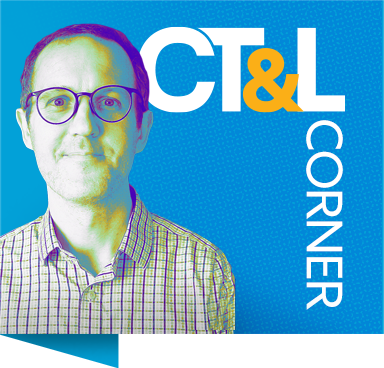Recently, I rewatched one of my favorite anime in recent memory, Look Back (link to trailer here, link to review here). In the movie, Fujino befriends a ‘shut in,’ Kyomoto, out of a mutual admiration for each other’s manga drawing and (visual) storytelling. The first half of the movie is a montage of their initial work together, coming up with an original story, celebrating their first prize/paycheck (in a scene that gets called back throughout the movie). After their initial success, Kyomoto wants to pursue work on her own, opting for art school over a path of continued collaboration with Fujino.
The movie hinges on Kyomoto’s tragic death, with Fujino trying to make sense of the value of art and artmaking. In a closing montage that looks back (hello, title) over their time spent together, it becomes clear to Fujino that what mattered was their collaboration as a shared experience: time spent sharing their passion for art and storytelling, the closeness that it brought. I was struck by how many stories about art and its makers show us individuals working in isolation … practicing for hours at the piano, painting alone, etc. Yet, many great stories evolved out of relationships of fellow artists.
More broadly, I can’t help but notice how the acknowledgements sections of books point to the collaborative friendships that nurture ideas. I can’t help but notice the number of people who are involved in creating a single animated movie: Ponyo, an animated film from Studio Ghibli, is one of the most expensive Japanese films ever made, largely because of the labor costs of having 200,000+ frames of hand-drawn animation. There are plenty of examples of creative friendships (unfortunately, just as the most remarked upon ‘geniuses’ (genii) are white and male, so are the creative friendships, so I’ll skip over specific examples).
A key experience in music school was being part of an opera chorus. Fully staged productions of opera involve so many players: the cast/singers, set designers, coaches for the music, the stage director(s), chorus members (like me!), and, ultimately, an audience. Seeing behind the scenes, watching how many people helped get a single work on the stage underscored just how collaborative art can be at larger scales.
Yet, one thing that many of these examples of collaborative art have in common is clarity of role: many people play a part, but they play their respective roles. While group work is the bane of so many students’ existence, one common recommendation for successful group work is to clarify what roles students are playing. In artmaking, where conception and execution are often done by an individual – how do we give people meaningful roles in a collaborative creative process?
In the aforementioned example of anime, many people are there to simply complete in-between scenes, filling in the blanks between parts of a storyboard. This is often thankless work and it is often done in demanding work environments. Executing someone else’s vision doesn’t sound like the answer to this question. So, what about creativity by committee? How do we find a collective voice? Assigning work like this would require support in how we can collaborate, something often lacking from group work assignments.
A few key questions in designing and facilitating collaborative assignments in creative environments seems to be:
- What are we capable of doing together that might be more difficult to do individually? Is it simply MORE of something we could do by ourselves?
- Can we work together, allowing for dissent, but searching for a common, collaborative vision?
- Can we lean on the diversity of the group to put forward a range of expressions of the same idea? Is the primary goal diversity or collaboration?
When we shift from solo to collaborative group work, it asks us to shift our pedagogy towards supporting both creation and collaboration. But, as Look Back suggests, those have the potential to be some of our most meaningful creative processes.


